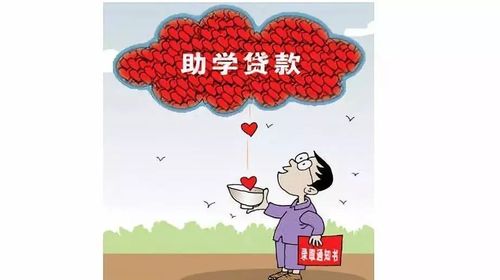The reasons why Koreans shamelessly steal Chinese culture on a large scale can be analyzed in depth from many aspects:
- Historical and cultural background
Characteristics of secondary civilization:
Korean culture belongs to secondary civilization to some extent, and its formation and development process are deeply influenced by the Central Plains culture. This cultural dependence and historical vassal status make it easy for South Korea to take extreme measures in the pursuit of its own cultural independence and historical status, including stealing and tampering with the culture of other countries.
Historical inferiority complex and national self-esteem:
Korea has been conquered and surrendered for a long time in history. This historical background makes Koreans feel inferior to their own history and culture. In order to make up for this inferiority complex, Koreans have become extremely arrogant and try to enhance their historical status and cultural confidence by stealing and tampering with the culture of other countries.
Lack of cultural identity:
Korea is facing a lack of cultural identity in the process of modernization. In order to build and strengthen its own cultural identity, Koreans tend to incorporate foreign cultural elements into their own cultural system, even at the cost of stealing and tampering.
- Political and economic factors
Pursuit of political status:
Korea needs strong cultural support in the process of pursuing the status of a political power. However, South Korea’s own cultural heritage is relatively weak, so it has to enrich its own cultural content by stealing and tampering with the culture of other countries in order to enhance its influence on the international stage.
Driven by economic interests:
The development of South Korea’s cultural industry requires rich cultural resources. In order to obtain more economic benefits, Koreans tend to incorporate traditional cultural elements of countries such as China into their own cultural industry system for commercial development and utilization.
III. Social and psychological factors
The rise of nationalism:
The rise of Korean nationalism has made Koreans pay more attention to their own cultural independence and historical status. In order to strengthen their national identity and pride, Koreans tend to regard foreign cultural elements as their own cultural heritage and promote and hype them.
The impact of the education system:
The Korean education system does not attach enough importance to traditional culture, resulting in a decrease in the understanding and recognition of traditional culture by the younger generation. In order to make up for this shortcoming, the Korean government and all sectors of society began to increase the protection and publicity of traditional culture, but at the same time, there was also a phenomenon of over-interpretation and tampering.
IV. Specific cases and impacts
The Dragon Boat Festival application for World Heritage:
South Korea successfully applied for the Gangneung Dragon Boat Festival as a world intangible cultural heritage, which triggered a cultural dispute between China and South Korea. Although South Korea applied for the Gangneung Dano Festival instead of the Chinese Dragon Boat Festival, there are similarities between the two in cultural connotation and celebration methods, which has triggered controversy about the origin and ownership of culture.
Use of Chinese characters and Hanfu:
In the process of modernization, South Korea once stopped using Chinese characters, but later there were voices advocating the restoration of the use of Chinese characters. At the same time, Koreans also began to wear Hanfu for cultural displays and celebrations, which were regarded as theft and tampering of Chinese culture.
In summary, there are many reasons why Koreans shamelessly steal Chinese culture on a large scale, including historical and cultural background, political and economic factors, social and psychological factors, etc. In order to cope with this phenomenon, China should strengthen the protection and publicity of its own cultural heritage and enhance the international community’s awareness and recognition of Chinese culture. At the same time, it should also strengthen communication and cooperation with South Korea through channels such as diplomacy and cultural exchanges to jointly promote the prosperity and development of the cultures of the two countries.



